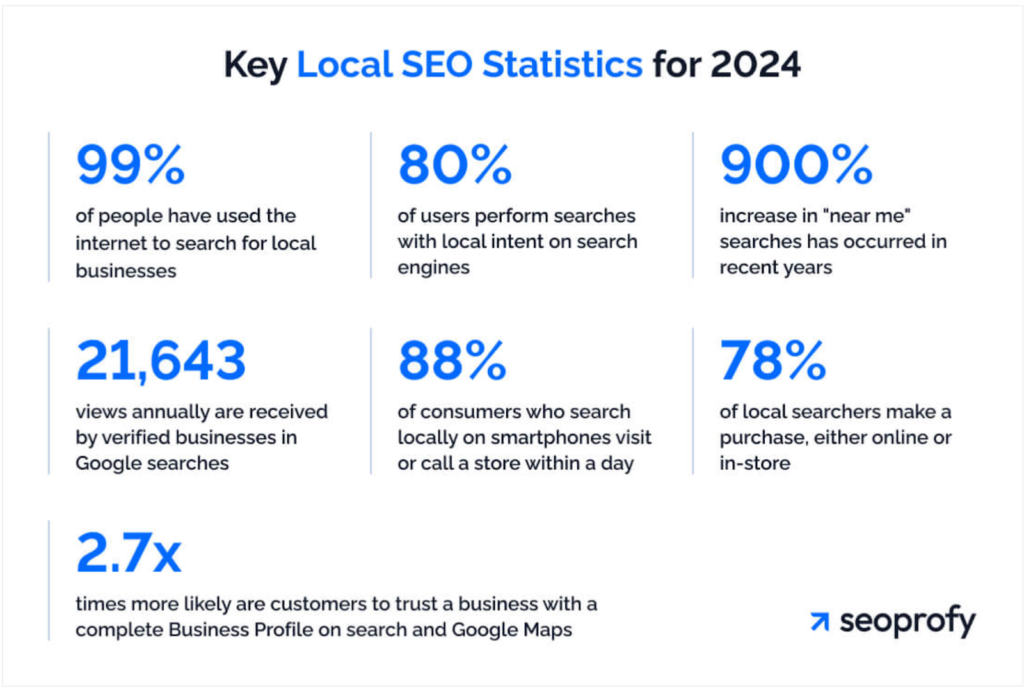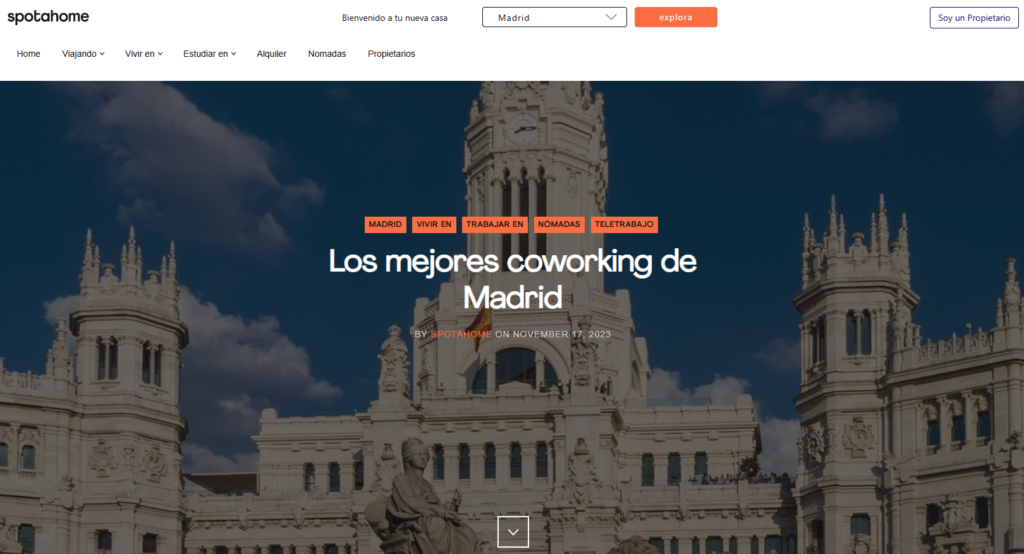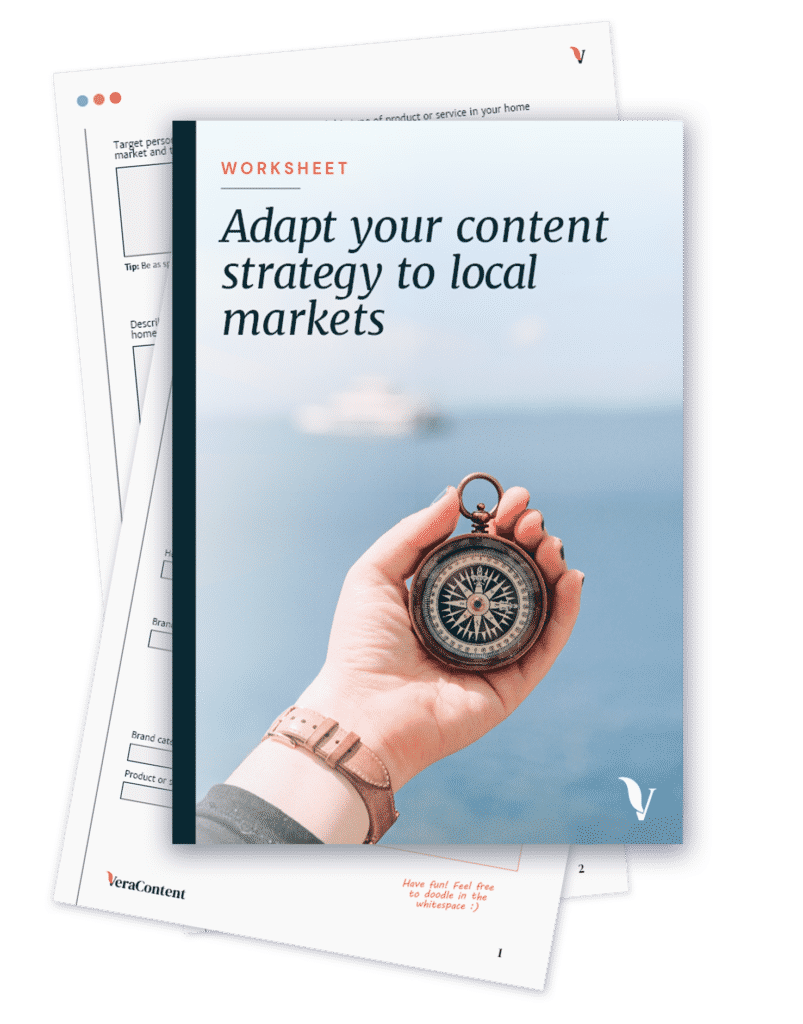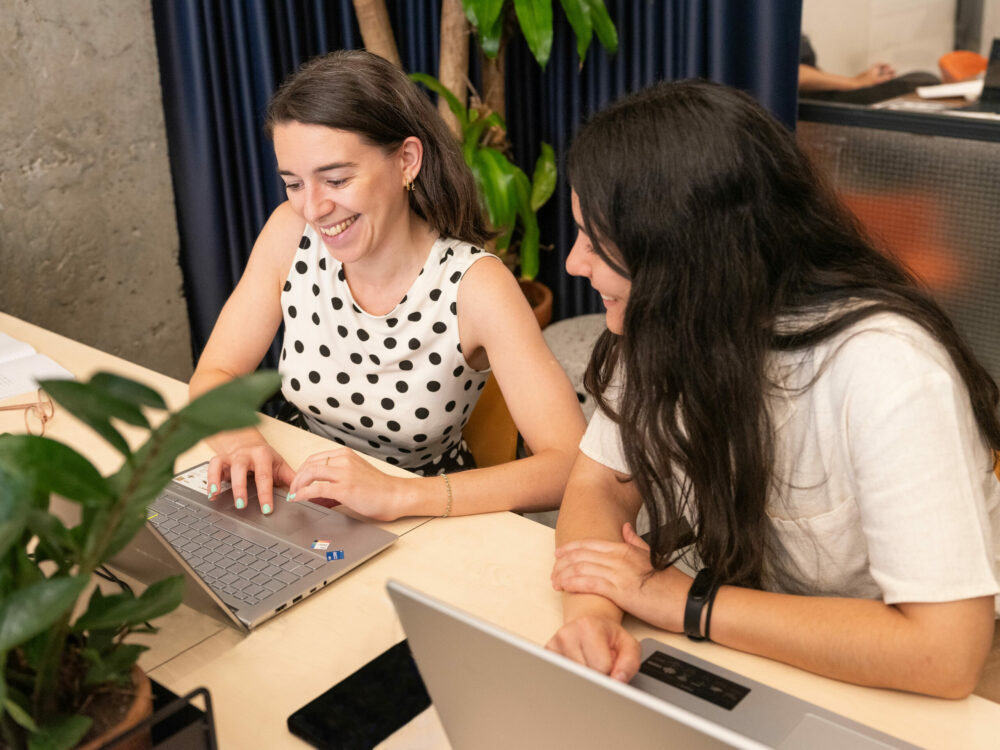Local blogging is still one of the most effective ways to build trust and visibility online, especially alongside short-form content.
Done well, local blogs attract search traffic, engage communities and position brands as real voices in specific markets. The key is to move beyond generic advice like “write about your town” and instead create strategic content that truly hits home with your audience.
Keep reading as we share our top local blog content ideas, SEO insights and real examples from VeraContent’s work that you can use to improve your content strategy.
Why local blog content still works
With so much focus on short-form video and social media, you might wonder: do blogs still matter?
The answer is yes.
Here’s why:
- SEO benefits: Local blog posts help brands rank for long-tail geo-specific keywords that larger competitors often ignore.
- Community trust: Blogs that highlight local insights, events and stories make your brand feel more relatable. It shows people you really care.
- Content versatility: These blogs serve as evergreen assets that can be repurposed across newsletters, social media platforms and even your Google Business Profile.
And the stats back this up. Here are a few key statistics that highlight just how powerful local search and blogging can be:
- According to Search Atlas, 46% of all Google searches have local search intent, meaning nearly half of queries aim to find something nearby.
- SeoProfy highlights that 76% of people who search for something nearby on smartphones visit a business within a day.
- SEO.com data shows that 80% of local searches lead to purchases or visits

5 local blog content ideas to try + real examples
Here are some tried-and-true content formats that consistently perform well for local audiences.
See also: Content localization: A how-to guide for global brands
1. Local events roundups
Create seasonal or monthly guides to events in your city, such as concerts, cultural festivals and farmers’ markets. Of course, make sure the selection connects back to your brand in some way.
For example, a café in Madrid could publish a “Top 10 Madrid events this month” blog post, share it weekly on Instagram Stories and then invite readers to stop by for a coffee before or after the events.
GetYourGuide does this well with its blog post on 15 fun things to do in Madrid. This type of article not only helps readers planning a trip to Madrid discover activities but also seamlessly drives bookings on their platform. This is a win-win that provides value for both the audience and the brand.
Extra tip: Always include dates, locations and links to official pages for SEO value.
2. Local customer stories
Turn testimonials into feature posts. A fitness studio might write about how a local client trained for a marathon, featuring photos and quotes that show the human side of the brand. Restaurants can do the same by highlighting regular customers and their favorite dishes.
These stories humanize brands, build emotional connection and make abstract offerings feel more tangible, especially in sectors like education, health and lifestyle.
At VeraContent, we regularly produce this kind of content for clients like IE University, where our team writes long-form editorial features spotlighting student and alumni journeys. One example is a piece on Francesca Uriri, published on the Uncover IE blog.
Rather than just sharing a quote or endorsement, we built a whole narrative around Francesca’s career shift, academic experience and global advocacy goals.
The article was developed through interviews, custom writing and brand-aligned storytelling, tailored to resonate with prospective students. It weaves personal quotes with contextual background and program highlights, while subtly reinforcing IE’s values and differentiators.
Featuring real voices and real journeys in a localized context makes content more relatable and serves as strong social proof.

3. Neighborhood guides
Write “best of” lists highlighting restaurants, parks or hidden gems. For example, rental platform Spotahome has published guides such as “Best coworkings in Madrid” or “8 things that will help you settle in Athens.”
These guides include maps, photos and public transport tips, making them practical and evergreen. Real estate companies and tourism brands often succeed with this type of content, as it establishes them as local experts.

4. Cultural insights
Explain local holidays, traditions or customs with authenticity and relevance. A global food brand might write, “How to celebrate Día de los Muertos in Mexico City” with recipe tie-ins.
Airbnb has also created culturally rich content around events and experiences in different cities, such as Lollapalooza in Chicago. In that example, Airbnb used an event happening in Chicago to recommend local experiences, which was great for local SEO, tied directly to their services and provided helpful guidance for visitors attending the festival.
At VeraContent, we’ve worked with clients like Remitly to publish articles exploring local culinary traditions in South Africa and Kenya. Instead of generic food content, these pieces dive into the cultural context behind these popular dishes, written by local writers who understand the emotional and social importance of each tradition.
This kind of work builds trust and relevance, particularly in markets where identity and community matter. It also fuels discoverability through organic search and improves engagement with regional audiences, making it a smart strategy for global brands looking to connect in more meaningful ways.

5. Behind the scenes
Share how your team connects with the community, whether that’s through volunteering, celebrating local holidays or attending events.
Include photos or short interviews with employees to make it more personal. For example, Amazon’s Global Month of Volunteering: over 134,000 employees participated in projects across 55 countries, from park cleanups in Seattle to floating wetlands in Thane, India.
These local stories included geo-specific keywords, photos and quotes, which not only makes the brand more relatable but also strengthens local SEO by tying content directly to places and community events.
At VeraContent, we supported SALTO Systems in doing something similar during the launch of their new branding. The unveiling took place at an internal congress in January 2024, and we crafted a blog post and related communications using real interviews recorded at the event.

These firsthand quotes and visuals helped bring the internal brand story to life externally, showing real people behind the company’s evolution. This kind of content humanizes your brand, builds a sense of belonging with local audiences and helps your blog rank for local-intent searches.
VeraContent success story: Remitly’s Beyond Borders blog
At VeraContent, we’ve seen firsthand how localized blog content drives results. A great example is our collaboration with Remitly, a leading digital money transfer company.
Remitly runs the Beyond Borders blog, which shares practical, culturally relevant articles for immigrants worldwide. The content spans topics like settling into new cities, understanding cultural differences, managing finances and navigating complex bureaucratic systems: always with a tone of empathy and real-life experience.
Working with VeraContent, Remitly has scaled its blog content across five languages, including LATAM Spanish, German, Italian, Turkish and English, and also collaborated with over 70 native-speaking content creators to deliver more than 110 high-quality articles in 2024.
From city guides based on real expat experiences to culturally rich series on national dishes, every article we deliver is tailored to a specific audience, and often written by someone who has lived it. That’s what makes the content not only helpful but also trusted.
“Remitly values that we care about the content because, as an international team, many of us expats ourselves, the content resonates with us personally.”
– Aurélie Berson, Project Manager at VeraContent
The results?
- Personalized, locally grounded content that resonates deeply with readers
- Rich SEO articles that rank in competitive markets
- The ability to consistently produce stories with cultural nuance and authenticity, especially valuable in topics as sensitive as immigration and identity

Practical tips for successful local blogging
To make the most of your local blogging efforts, here are some practical strategies to apply:
See also: Multilingual blog strategy: 5 tips to reach new markets effectively
Do keyword research for each location
It’s not enough to just write about your city. You need to align your blog topics with what people are actually searching for and what’s happening locally. That means conducting keyword research at both the city and neighborhood level, and tying your content calendar to seasonal events, festivals or even policy changes.
For example, a language school in Barcelona could write a guide on “How to register for Spanish classes after the September holidays,” capturing both a time-specific need and a relevant search trend. These kinds of targeted topics help your blog posts appear when your audience is most likely to need them.
See also: International SEO keyword research: A step-by-step guide
Collaborate with creators who bring lived experience
Partnering with people who truly understand the communities you’re speaking to is one of the most effective ways to create authentic content. While many brands look for local collaborators, the key isn’t always location; it’s experience.
Take our work with Remitly as an example. We’ve collaborated with over 70 native-speaking linguists and writers, many of whom are immigrants themselves. Rather than simply translating content, they bring a personal connection to the topics, whether it’s settling into a new city, navigating immigration paperwork or sharing traditional recipes from their home countries.
As Scott Rose, Project Manager at VeraContent, explains:
“Many aren’t ‘local’ in geography, but they’re experts through experience. The vast majority of our writers are immigrants who live in countries other than their native ones, which adds a new level of authority to the project.”
This approach has helped Remitly stand out in a highly competitive content space. The content resonates because it reflects real stories, from people who’ve lived them. These practices make your brand feel rooted, relatable and relevant (and they boost shareability within the communities you’re trying to reach).
Repurpose content across platforms
Don’t let a blog post sit on your site alone. Break it down into snackable pieces for LinkedIn, Instagram carousels, Google Business Profile updates or even a short YouTube video.
For example, a neighborhood guide blog can become a carousel of the top 5 spots on Instagram, with the full article linked in the bio. This multiplies your reach and extends your content’s lifespan.
We’ve also seen this strategy work seamlessly with IE University, where a single student success story might appear as a feature on their website, be adapted for a newsletter, broken down into quotes for a dedicated alumni email, turned into a LinkedIn spotlight post and even transformed into short-form videos for Instagram or YouTube.
This not only keeps the messaging consistent, but allows the story to meet the audience where they are: whether they’re alumni on LinkedIn, prospects on social media or current students reading the newsletter.
The key is building content with repurposing in mind from the start. That means identifying core messages, visuals and quotes that can be reused or reimagined across formats. It’s a cost-effective way to maximize your investment while keeping your brand story top of mind across all channels!
See also: 8 best tools for running an effective multilingual blog
Focus on tone and cultural nuance
Literal translations often fall flat. Work with native speakers or local experts who can adapt tone, idioms and examples.
For example, an article for Madrid should use local expressions and cultural references that resonate with Spaniards, rather than generic Spanish phrasing. Small touches like this are what make content feel “written for me.”
We see this firsthand in our collaboration with Universidad Europea, where we produce tailored blog content for audiences in Spain and Latin America. Each article is written by linguists who deeply understand the cultural and educational landscape of each country, ensuring that language, tone and examples are never generic.
“As a consumer, if I land on a website that uses robotic, unnatural language, it sends a signal that this company didn’t really care about getting the message right. And if they didn’t care about that, how can I trust them to care about me as a customer?” – Scott Rose, Project Manager at VeraContent
It’s not just about getting a bunch of generic messages out hoping they’ll work, but about making sure they’re accurate and made for the right people.
See also: Local marketing for global brands: Stand out in your market
Measure performance
Keep track of organic traffic, keyword rankings, engagement metrics and conversions to see which blog formats resonate with your audience.
Beyond the numbers, also look at qualitative feedback, like comments, shares or mentions in local forums. Over time, this will help you figure out the formats (like event roundups or customer stories) that consistently deliver results.
See also: How to make a blog editorial calendar in multiple languages

Building lasting connections
Local blogging goes beyond visibility, it’s about forming real connections with your community. It allows brands to move past generic messaging and speak directly to local audiences, creating content that performs well in search while earning genuine trust.
Success comes from consistency and strategy: plan around audience needs, mix evergreen and timely topics, and always write with cultural awareness. Think of your blog as both a long-term SEO asset and a reflection of your brand’s role in the community.
For global marketers, local and multilingual blogs bridge the gap between international reach and local relevance. They strengthen credibility, foster connection, and support scalable content strategies.
Ready to adapt your content strategy to local markets? Download our free guide on adapting your content strategy or book a call with our team to learn how VeraContent can help.


